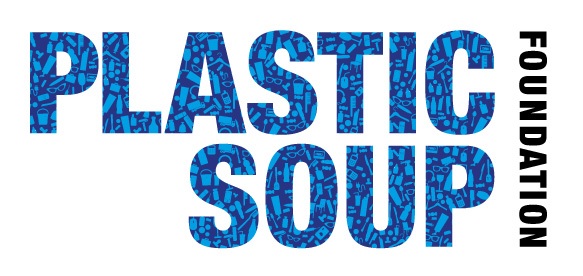Amsterdam, 05 February 2019 – Microplastics are found in surface water all over the world. Now for the first time they have also been found in underground layers of soil and rock that contain water. About one quarter of the drinking water provision in the world depends on underground water reservoirs. These reservoirs are filled with surface water that slowly seeps through the porous layers. As these reservoirs are connected to surface water sources, these latter sources can becomepolluted.
Researchers studied 17 samples from two separate underground reservoir systems in Illinois, USA. Their research was published this month in the journal Groundwater. All the samples bar one showed microplastics. The maximum concentration was 15 microplastics per litre. All microplastics were fibres. Given the combination of the microplastics and other substances that included phosphates, chloride and triclosan, the researchers believe that the source of the pollution is primarily household septic tanks.
Households that are not connected to the sewage system use these tanks for waste water as a purification system. The sludge is regularly removed and the purified water is discharged in the surface water. The waste water of washing machines and dryers also enters these tanks first. Machine washing and drying synthetic clothing releases millions of plastic microfibres. Given that these fibres are virtually weightless, they do not sink to the bottom. In an interview, one of the authors stated, “Imagine how many thousands of polyester fibres find their way into the septic tanks in only one wash. And then imagine how easily the water from the septic tanks can enter the groundwater, and certainly in the places where the surface water and the groundwater are directly
connected.”
In the Netherlands, households that are further than 40 metres from a sewer may discharge purified waste water from a septic tank into the surface water. Nothing is set down by law in the Besluit lozing afvalwater huishoudens (provision on discharging household waste water, in Dutch) to prevent plastic microfibres from entering the environment in this way.
Maria Westerbos, Director of the Plastic Soup Foundation: “It is extremely worrying that groundwater appears to contain microplastics. To what extent are septic tanks indeed the source? We expect questions to be asked in the House of Representatives so that the scale of this source of pollution and what can be done about it are made known.”





